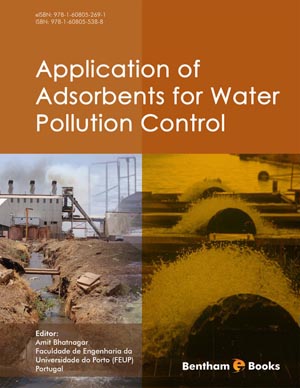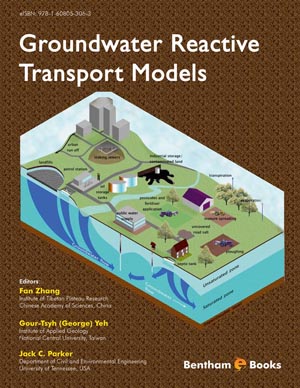Abstract
This chapter provides a brief introduction of current strategies in water remediation based on nanotechnology. It describes different surface engineering strategies for enhanced and/or selective removal of different inorganic/organic pollutants from water bodies. Different factors like surface properties at nanoscale level, types of the molecules used for surface modification etc. affect the adsorption process significantly. Small molecules like, organic acids, amphiphiles to polymers and biomolecules are being used for the surface modification of nanomaterials These surface engineering strategies are crucial in water remediation technologies and are discussed thoroughly in this chapter along with recent research progress in this field.
Keywords: Inorganic nanomaterials, Water pollution, Adsorption, Adsorbent, Adsorption capacity, Surface engineered nanomaterials, Iron oxide nanoparticles, Nanostructured silicates, Polymer-conjugated nanomaterials, Biomolecules, Water Remediation, Organic Dyes, Surface properties, Heavy metal, Titanium dioxide, Malachite, Magnetic separation, Bio-nano composite, Solid−liquid interface, Surface immobilization.












